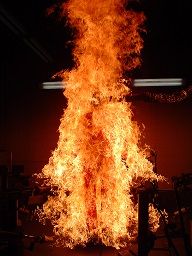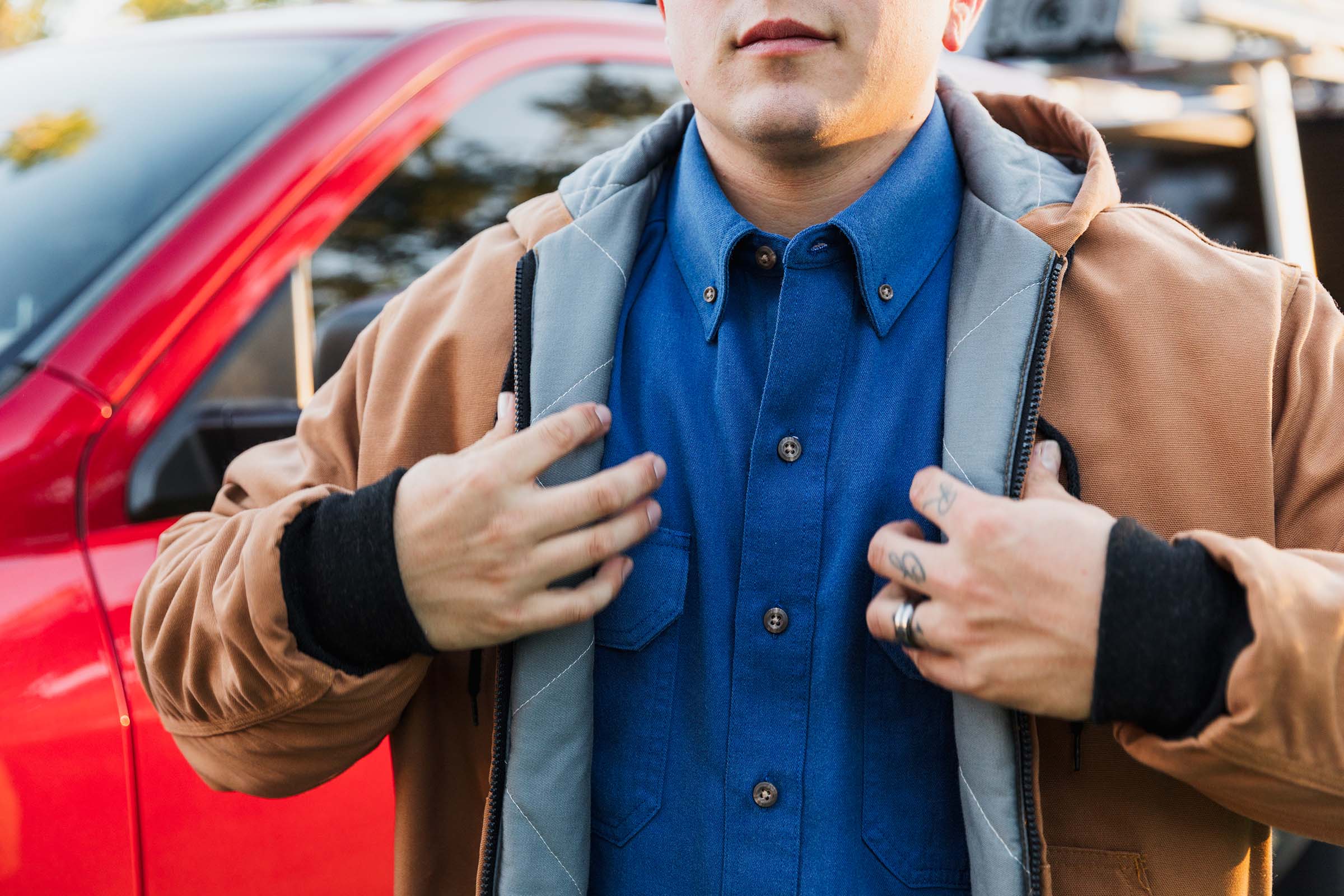
A First-Hand Perspective of Flash Fire Testing
General 02 Dec 2015
Flame resistant (FR) coveralls, shirts and pants afford workers a few extra seconds of escape time when faced with a flash fire and aim to dramatically reduce or eliminate body burn. FR garments are tested according to a variety of standards. For flash fire, ASTM F1930 (Standard Test Method for Evaluation of Flame Resistant Clothing for Protection Against Fire Simulations Using an Instrumented Manikin) tells us how to do the manikin test. NFPA 2112 was the standard developed specifically to address flash fire hazards, and uses ASTM F1930 setting a pass/fail limit at 50% burn in a three second exposure.
There are two independent university labs in North America that conduct the flash fire manikin test, The University of Alberta and North Carolina State University, as well as a third commercial lab owned by DuPont. Westex by Milliken tests extensively at both independent labs in North America, as well as at other labs globally.
The University of Alberta flash fire manikin test chamber has been in service since 1988. In 2002, the University created its Protective Clothing and Equipment Research Facility (PCERF) with the goal of broadening the scope of thermal protective testing and research capabilities. PCERF collaborates with industry, military and government in the testing and evaluation of innovative protective materials, test protocols and equipment. The University of Alberta has tested virtually all types of flame resistant garments and fabrics over the years.
Westex by Milliken tests our fabrics at PCERF and annually hosts live test demonstrations for the public to help educate companies and workers on the need for flame resistant (FR) clothing. Attendees witness live flash fire manikin testing of a variety of different FR fabrics to further understand flash fire hazards and to see the huge variance in protection among otherwise compliant products.
One of the key learnings from this testing is that performance differs not just between fabric categories but also between brands within each fabric category. The NFPA 2112 standard calls for flash fire testing to be conducted at three seconds (per ASTM F1930 test protocol) and less than 50% body burn passes. Unfortunately, because NFPA 2112 is a pass/fail standard, many fabric manufacturers will only report “pass” and many end-users only require compliance to the standard. However, as the University of Alberta’s testing and other lab results show, passing grades can and do vary greatly depending on the fabric type and brand.
Data from the three different labs in North America can vary slightly, but data should not vary significantly when the testing has been performed in full compliance with ASTM F1930 standards. Issues of data variability and test duration have caused confusion in the market. Since FR fabric brand and weight largely determines the level of protection offered by a protective garment, it is critical for safety managers and other decision-makers to not only understand the real differences among fabrics but also how this impacts performance.
Those who have attended live flash fire testing at PCERF have walked away with a completely new understanding of hydrocarbon events. The ability to observe garments being tested and see garment performance first-hand has helped shape FR clothing programs for the better. Click here to read testimonials (on page 7) from safety managers at Air Liquide and Suncor Energy who have had the opportunity to attend a testing event at the University of Alberta.
Click here to read the full article by Greg Kelly, Regional Market Manager for Western Canada at Westex by Milliken, in the June edition of Flame Resistant Insights on page 4.
https://www.youtube.com/watch?v=ojU0obxl1W8
This video shows flash fire testing at the University of Alberta, demonstrating side-by-side comparisons of different FR fabrics exposed to flash fires, illustrating the extent, severity and location of burns. See the results for yourself and learn how you can make your workers and company safer!

